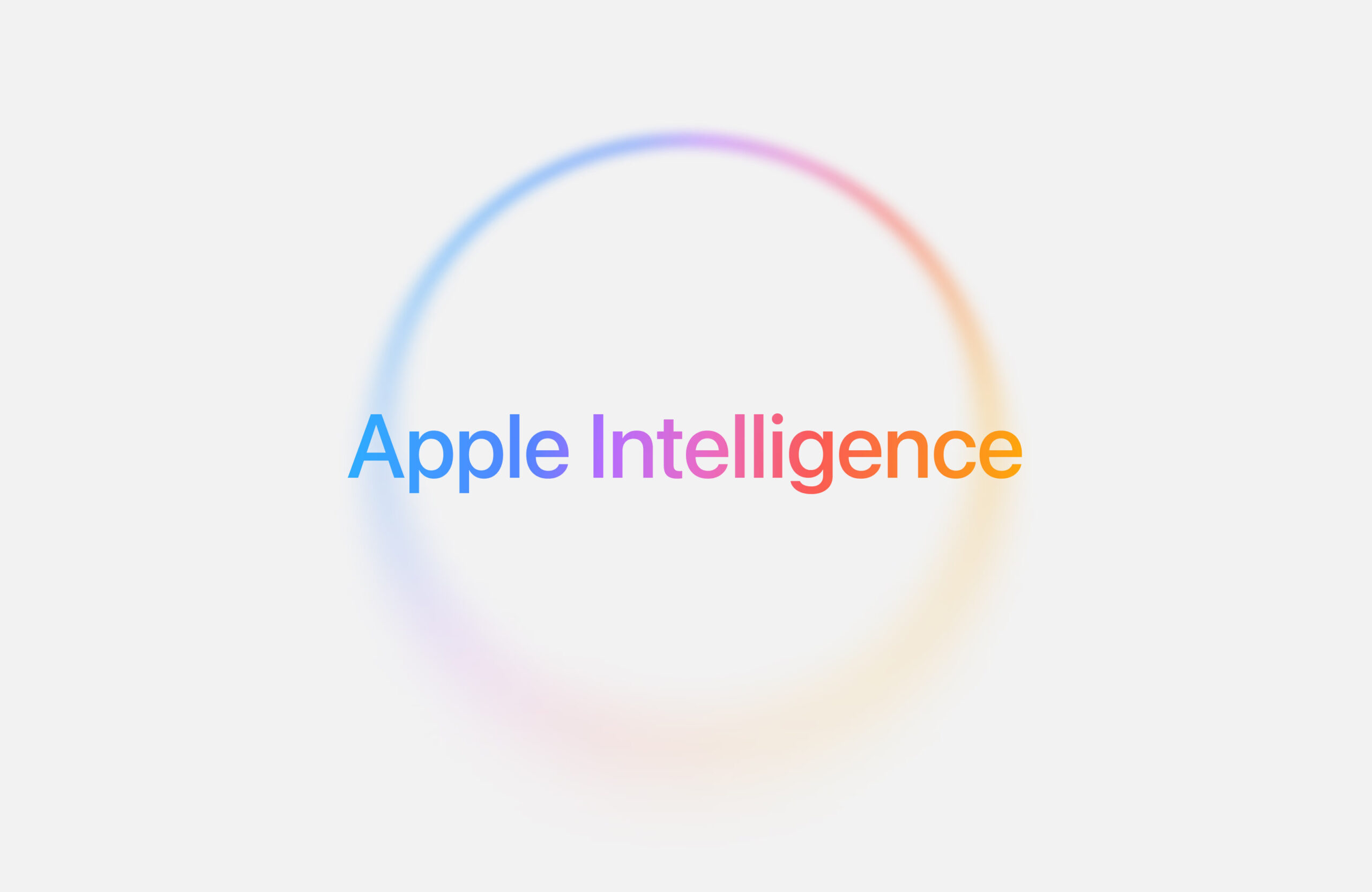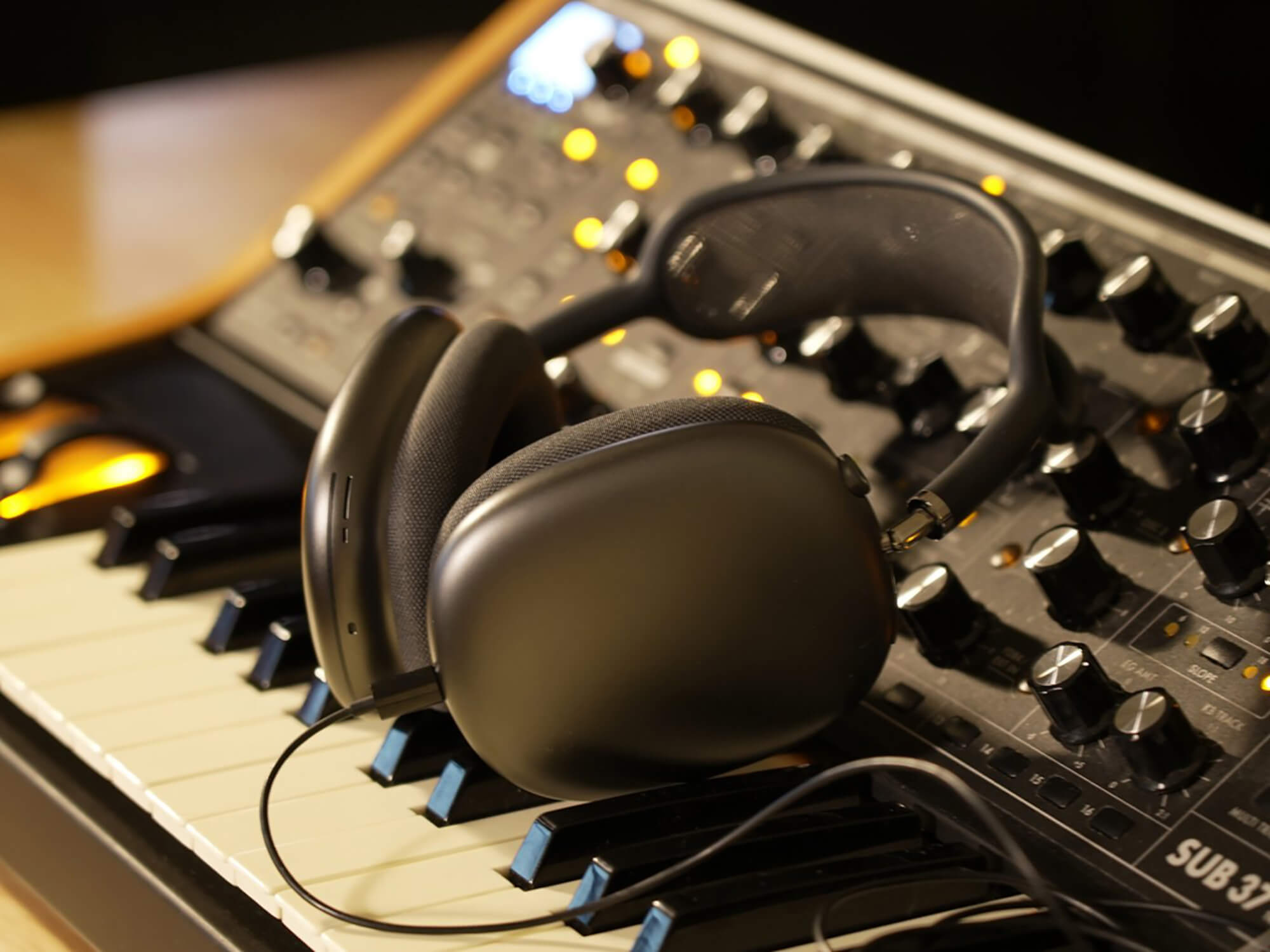Apple recently shared that iOS 18.4 will roll out in April, bringing fresh features for iPhone users.
What’s New in iOS 18.4
Apple News+ Food Section
Starting with iOS 18.4, Apple News+ subscribers will enjoy a brand-new Food section. It’s packed with thousands of recipes, plus articles on restaurants, healthy eating tips, and kitchen must-haves. Top food magazines like Allrecipes, Bon Appétit, and Serious Eats will contribute content. The first test version of iOS 18.4 is already out for developers and curious users to try. While some expected Siri upgrades—like understanding personal details or screen info—aren’t in this beta, there are still plenty of cool additions to explore.
Key Features Available Now
Priority Notifications
A handy new tool sorts your most urgent alerts and puts them front and center on your Lock Screen. You can switch this on in Settings under Notifications. Note: This works only on iPhone 15 Pro, Pro Max, or any iPhone 16.
Apple News+ Food
The Food section in the News app offers subscribers tons of recipes and food stories at no extra charge. You can browse daily updates, save favorites for later, and even use a step-by-step cooking mode—all beautifully laid out.
Ambient Music
A new Control Center option lets you play relaxing tunes sorted into four moods: Sleep, Chill, Productivity, and Wellbeing.
More Goodies
This update expands Apple Intelligence to languages like French, Spanish, Japanese, and more. There’s also a “Sketch” style for creating images from text in Image Playground. In some cars with big screens, CarPlay now shows extra app icons. Plus, EU users can pick a default maps app, and everyone can choose a translation app.
Coming Soon
Vision Pro App
Later, iOS 18.4 will add an app for Vision Pro owners to manage downloads, explore TV content, and get tips—available once the update hits.
New Emoji
Fresh emojis—like a tired face, fingerprint, or shovel—will join the lineup, continuing Apple’s tradition of fun updates.
With iOS 18.4, Apple keeps making your iPhone experience better and more personal!




